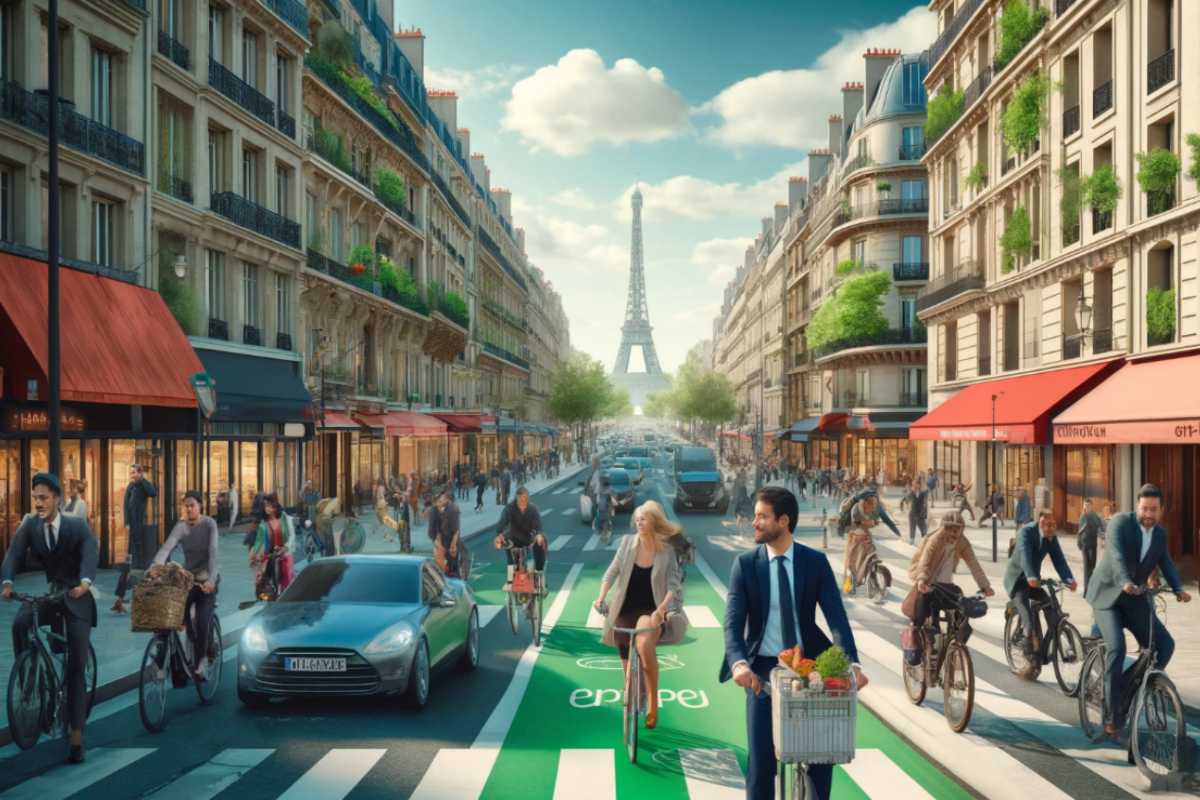Fewer and fewer cars and more and more bicycles: it is used for 11.2% of trips within the old walls compared to 4.3% by car

The transformation of the Parisian urban landscape is clear: bicycles are rapidly outpacing cars as the preferred mode of transportation, marking a significant shift in the city’s mobility behaviors.
This trend is confirmed by a study conducted by the Institut Paris Région (Ipr), which shows that 11.2% of journeys within the old city walls are made by bicycle, while only 4.3% are made by car.
Walking still leads the way at 53.5%, followed by public transportation at 30%. The analysis also highlights the growing use of bicycles for trips between the suburbs and the city center, with 14% of trips made by bicycle compared to 11.8% by car.
This reflects a series of changes in Parisian urban mobility. Local authorities have actively promoted cycling as a sustainable and healthy alternative to the car, implementing policies and infrastructure to support urban cycling. The result is increased environmental awareness and a cultural shift that favors the bicycle as a daily mode of transportation.
Upcoming changes in transport management
Conducted between October 2022 and April 2023, the study collected data from 3,337 residents of the Île-de-France, aged between 16 and 80, who agreed to be tracked via satellite for a week and to keep a travel diary and answer some questions over the phone.
The rise in the popularity of the bicycle is also a response to the challenges related to traffic congestion and air pollution plaguing modern cities. Bicycling offers an efficient and flexible alternative for urban commuting, helping to reduce environmental impact and improve the quality of urban life.
The promotion of cycling mobility is just the beginning of a broader change in urban planning and transport management. Projects like the “Grand Paris Express,” which involves the construction of approximately 124 miles of new subway lines, are an integral part of a holistic approach to urban mobility that ai
